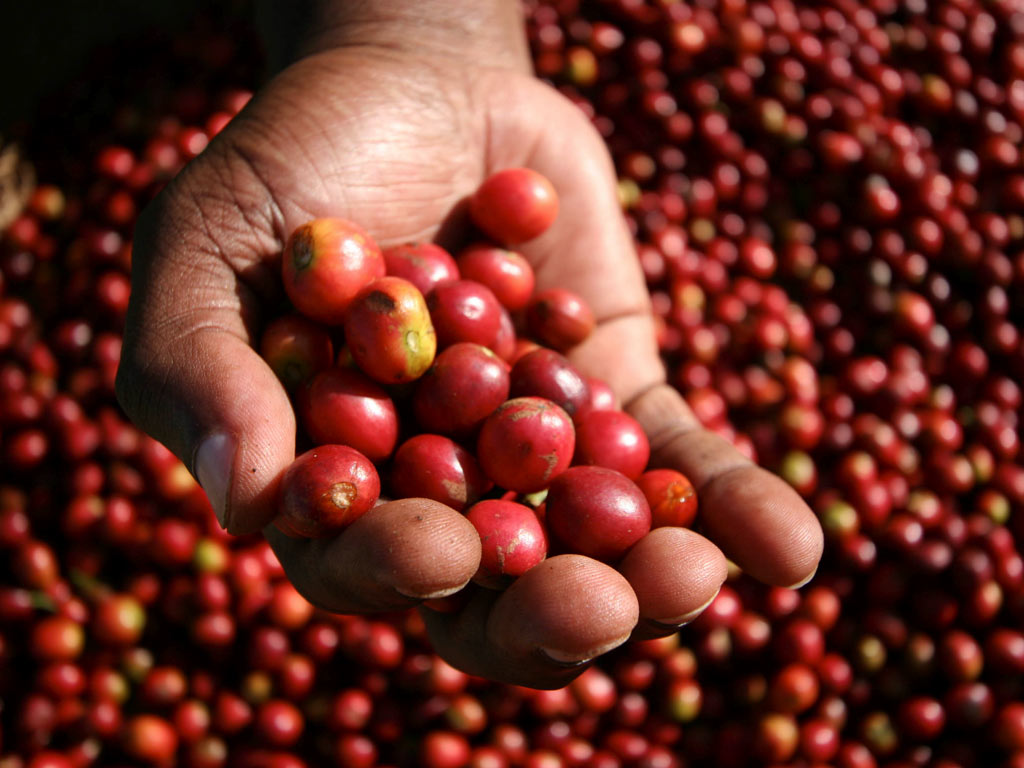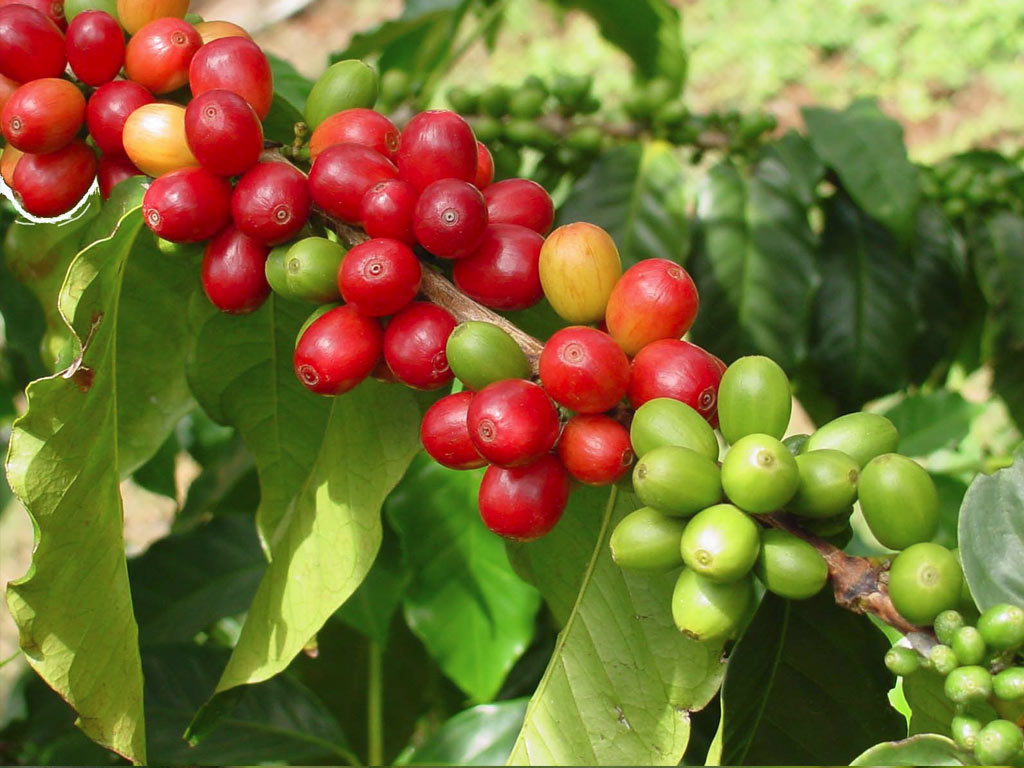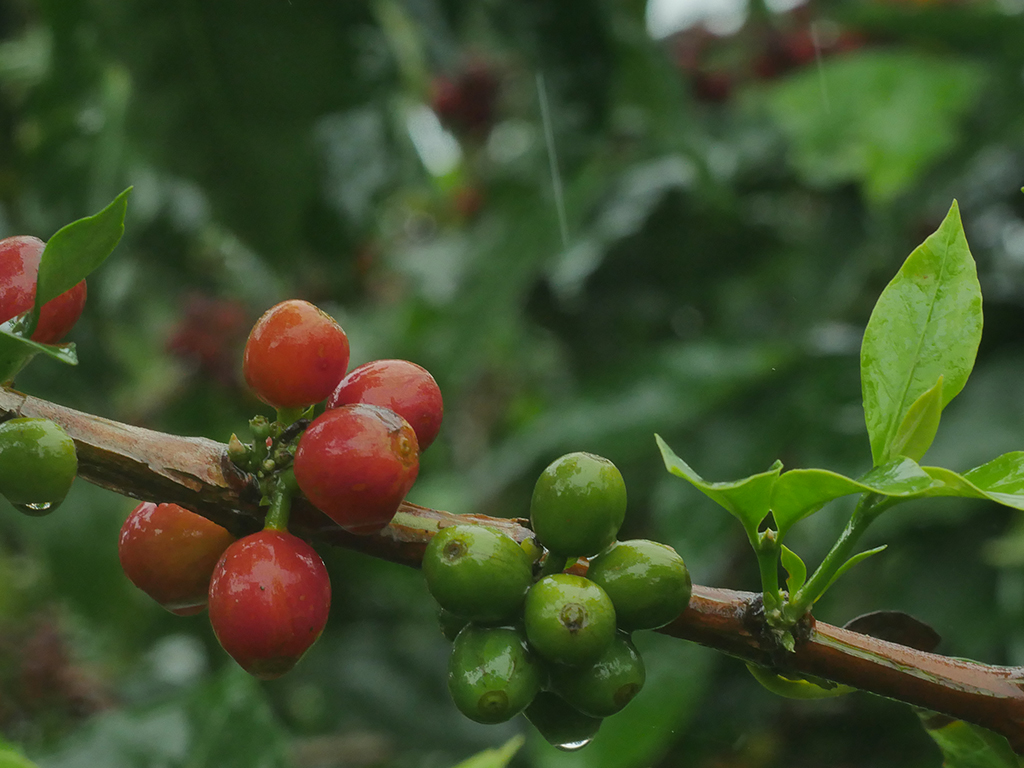Shopping Bag
0
- No products in the cart.



The first coffee trees to be cultivated originated in Ethiopia, and this same variety, Typica, is still widely grown today. Many other varieties now exist, some natural mutations and others the result of cross-breeding. Some varieties have explicit taste characteristics of their own, while others take on their characteristics from the terroir in which they are grown, the way they are cultivated and the way they are processed after harvest.
TYPICA
This is considered the original variety from which all other varieties have mutated or been genetically selected. The Dutch were the first to spread coffee around the world for commercial production and this was the variety they took with them. The fruit is usually red and Typica is capable of producing excellent cup quality, though with a relatively small yield compared to other varieties. It is still grown extensively in many different parts of the world and, as a result, is known by several different names including criollo, sumatra and arabigo.
BOURBON
This was a natural mutation of Typica, which occurred on the island of Réunion (at the time called Bourbon). The yield is higher than that of Typica, and many in the speciality industry believe that it has a distinctive sweetness, making it prized and desirable. There are various variations in the colour of the fruit: red, yellow and occasionally orange. This variety was grown very widely in the past but in many producing countries it was replaced by higher-yielding varieties. This was at a time when the market had not yet matured sufficiently to reward a high enough price to compensate for the lower yields it produces compared to newer varieties.
brought to Panama from Costa Rica, it is believed to be Ethiopian in origin. The variety is considered to produce exceptionally aromatic/floral cups, and the demand for it has driven up prices in recent years. It has gained prominence and popularity dramatically since 2004 when one Panamanian farm, Hacienda La Esmeralda, entered a competition with a Geisha lot. The coffee proved so unusual and distinct that it attracted an incredibly high bid of $21/lb at auction. This record bid was beaten in 2006 and 2007, reaching $130/lb – cup quality is considered similar to Bourbon, and is therefore desirable. VILLA SARCHI Named after the town in Costa Rica where it was discovered, this is another natural mutation of Bourbon that, like Pacas, exhibits dwarfism. It is currently being bred to produce very high yields, and it is capable of excellent cup quality. The fruits ripen red.
PACAMARA
This is a cross between the Pacas and Maragogype varieties, created in El Salvador in 1958. Like Maragogype, it has extremely large leaves, fruit and coffee beans. It also has distinct cup characteristics that can be positively described. It can taste like chocolate and fruit, but it also has the capacity for unpleasantly herbal, onion-like cups. The fruits ripen red.
Free Shipping On All Orders $200+ |
